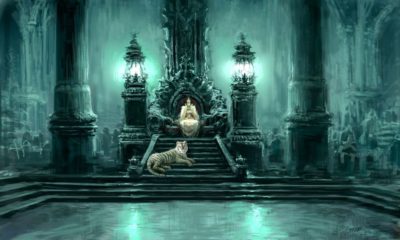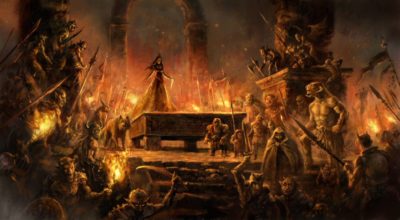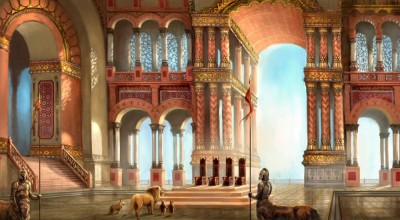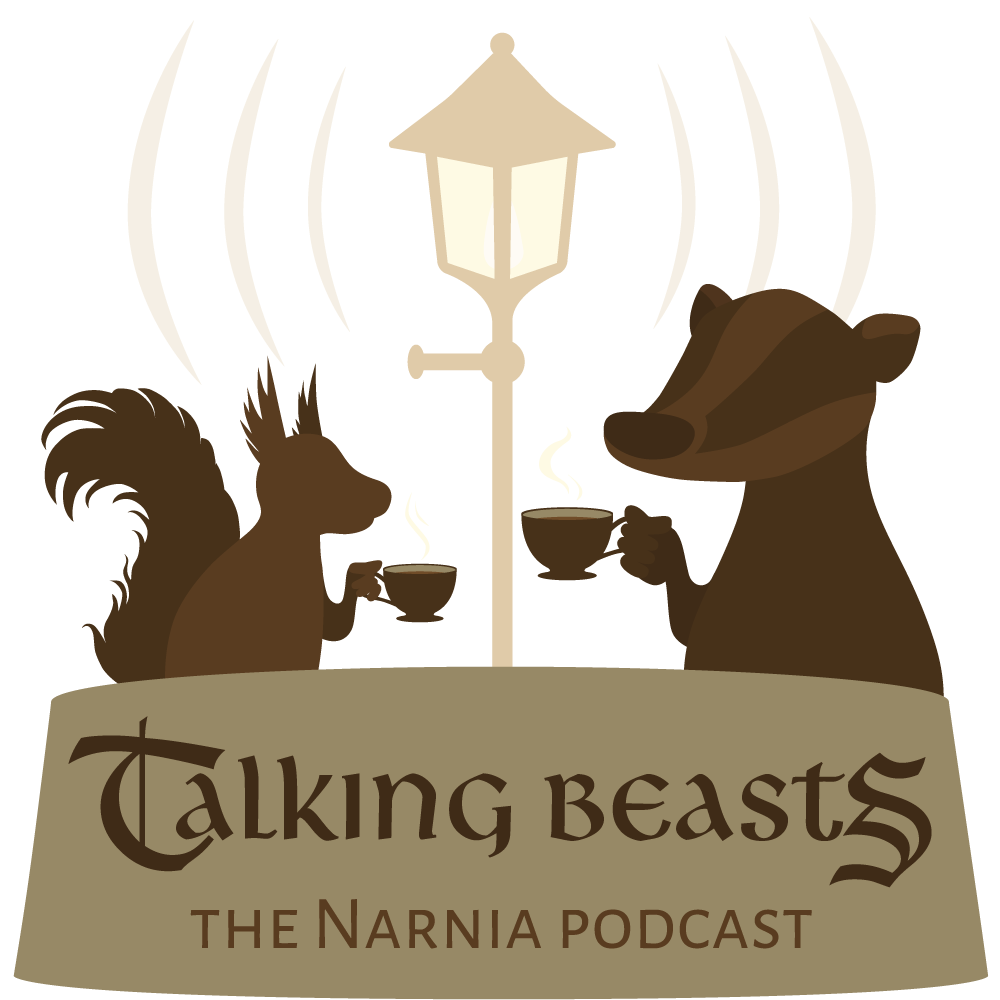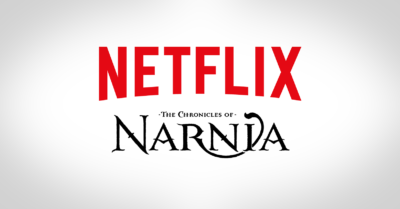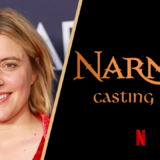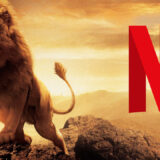Interview with Henrik Tamm
We’d like to thank Henrik Tamm for this interview. Tamm worked as a concept artist on The Lion, the Witch and the Wardrobe and is currently working on Prince Caspian. You can also see some of his fantastic concept art pieces.
NW: For how long did you work on The Lion, the Witch, and the Wardrobe?
HT: I spent about two years on The Lion, the Witch and the Wardrobe. I worked from the very beginning in January 2003 in Glendale, CA when we were just a few people. I then travelled with the production to New Zealand in early 2004. At that point the production had grown manyfold, and it finally felt like this film was taking shape. We had our offices at an airforce base outside Auckland. Sets started getting built and actors in funny outfits were wandering around. It was all very fun. Every department was busy doing what they do, all working toward the same goal. Somehow all this frenetic creative work came together to make the film. Andrew was very involved through the whole process, guiding all the departments to shape one unified vision. Let’s just say the man was very busy!
We returned to Los Angeles for post production in January 2005. At that point a lot of the work still remained. Much of the film had to be created digitally with Visual Effects, since so much of the story involved talking animals and fantastic, huge scale sets. At that point my position had changed from Concept Artist to Visual Effects Art Director, essentially carrying the look of the film through into the Visual Effects portions. The design for both Cair Paravel and the White Witch’s castle still remained to be finalized. We had gone through several renditions at that point, never quite hitting on what Andrew wanted. I spent most of my remaining time on those two locations. My engagement finally ended in April 2005. At that point I believe only the editor was left, besides Andrew himself, who had started on the project before me and was still there.
NW: Is creating concept art a collaborative process, or is it more a case of coming up with individual ideas?
HT: It can be both. Sometimes the director or production designer has an idea he wants realised, but most times they rely on me to come up with new ideas. Especially early on. A concept designer is often hired for his or her mind and sense of imagination. In the beginning of the process I’m pretty much left to my own devices and just start to create artwork from my own mind. This is my favourite part of the process. Only your imagination is the limiting factor. My best work is usually created during those early days. In time, closer to the start of production, there will be specific input from various people and the design becomes more and more refined. At that point it becomes much more of a collaborative process.
NW: How involved are concept artists with the design process? Do concepts differ from designs, or is there some overlap?
HT: They are very involved. I would say the concept phase is a huge portion of the design process. For me, concept work is not only about feel and mood, but also very much about the overall design language. It involves colour, shapes, scale, composition, architectural styles, light etc. Some of my concept pieces were quite detailed. It’s everybody’s chance to see how the film might turn out, sort of setting the directors vision.
On LWW, concept work continued deep into production. At that point you work alongside the Art Director in charge of a specific set, working out the final details. In the transformation from concept art to an actual filmset, things sometimes do change. This is expected. Sometimes the sets differ somewhat from the concept, but retain the spirit of the artwork. Other times it’s spot on. On occasion the final design is completely different from the concept, for various reasons. The story may have changed, or budget constraints dictate a major change.
NW: How does it feel to see your concepts translated on to the big screen? Are they close to the final product?
HT: It can be very gratifying. It can be as if your paintings come to life, which is a great feeling. What first only existed as an idea in your imagination, then as a sketch or painting, is translated onto a gigantic film screen, moving and living. At that point many more people have been involved in creating the final product, often adding their personal touches, making it even richer. Film is a collaborative endeavour. That’s what is so great about it. You are part of creating something much bigger than one person alone would ever be able to do. Even if the final product differs from your paintings or sketches, it often retains an overall feel of what you did.
NW: What do you think is the most evocative scene in The Lion, the Witch, and the Wardrobe?
HT: For me, it’s undoubtedly the sacrifice of Aslan on the Stone Table. I love the way it came out. It has fantastic mood. The sound design is great too. I love all the creatures, and the way Tilda acted. Everything just came together. Another favourite is also when Edmund sees the White Witch’s castle for the first time. I thought it came out great. That was one of the places where the final product looked almost identical to my paintings. It was also one of the last designs to be completed during my time on LWW.
NW: What kinds of things give you inspiration for concepts? Literary passages, or other artwork, or illustrations?
HT: It’s never one specific thing. And most often you never really know where inspiration comes from. It can be an impression from some time ago, other times an image just forms in your head. I spend a great deal of time looking at images, so that’s always a source of inspiration. You learn to develop a visual memory of sorts. Since the Lion, the Witch and the Wardrobe is a book, naturally a lot of inspiration comes from simply reading it.
As for anyone, images form in your imagination as to how the world looks and feels. There wasn’t an abundance of artwork already created by decades of artists, like in let’s say The Lord of the Rings, so I felt a bit more free to create from my own mind’s eye. It’s funny how some images just come to you very easily and all you have to do is paint it, others you have to search for. On those occasions, it’s as if I have a shadow of an image in my mind, but have to spend hours with a sketchbook trying to capture it. You just start scribbling with a pencil until something takes shape.
I also do an awful lot of research. I would say it takes up about a third of my time. This is mainly from books. Finding the right reference is extremely important. You search for images of everything that might be of interest, from landscapes to architecture to interiors to furniture to lighting and colour schemes to things that just look great but you’re not sure yet where to use it. Then you look at them all and gather your thoughts. Then draw! I can tell you my library of images is quite large after a few years doing this kind of work.
I have also learned that after an exhausting project, I need to travel and see new things. Just digest life for a while. You need that input to have output.
NW: What advice would you give to aspiring artists eager to make it into the film business?
HT: The single most important thing is to have the will to do it. As the old saying goes, “If you want something bad enough, you will get it”. Spend time learning academic drawing. Be persistent. Hard work and time spent is a talent in itself. I know it sounds boring but there it is. Artistic talent might be a starting point, but you need to stick with it to become any good. Aspiring artists sometimes fail because they give up too easily, thinking it should come easier to them than it does. Try to develop your sense of imagination, learn to draw and imagine things from your head. This is very important. In order to draw it, you have to first think it. Your imagination will be your greatest asset.
NW: Last question, what sorts of interesting new settings and creatures can we expect to see conceptualised in Prince Caspian?
HT: Well, if you’ve read the books you kind of know what to expect. There are a bunch of new fun characters alongside some of the same mythical creatures from the first film. The ruins of Cair Paravel of course, and the How, along with more imaginary landscapes. I’m probably not allowed to say much more than that. Expect fantastic settings and amazing creatures!

